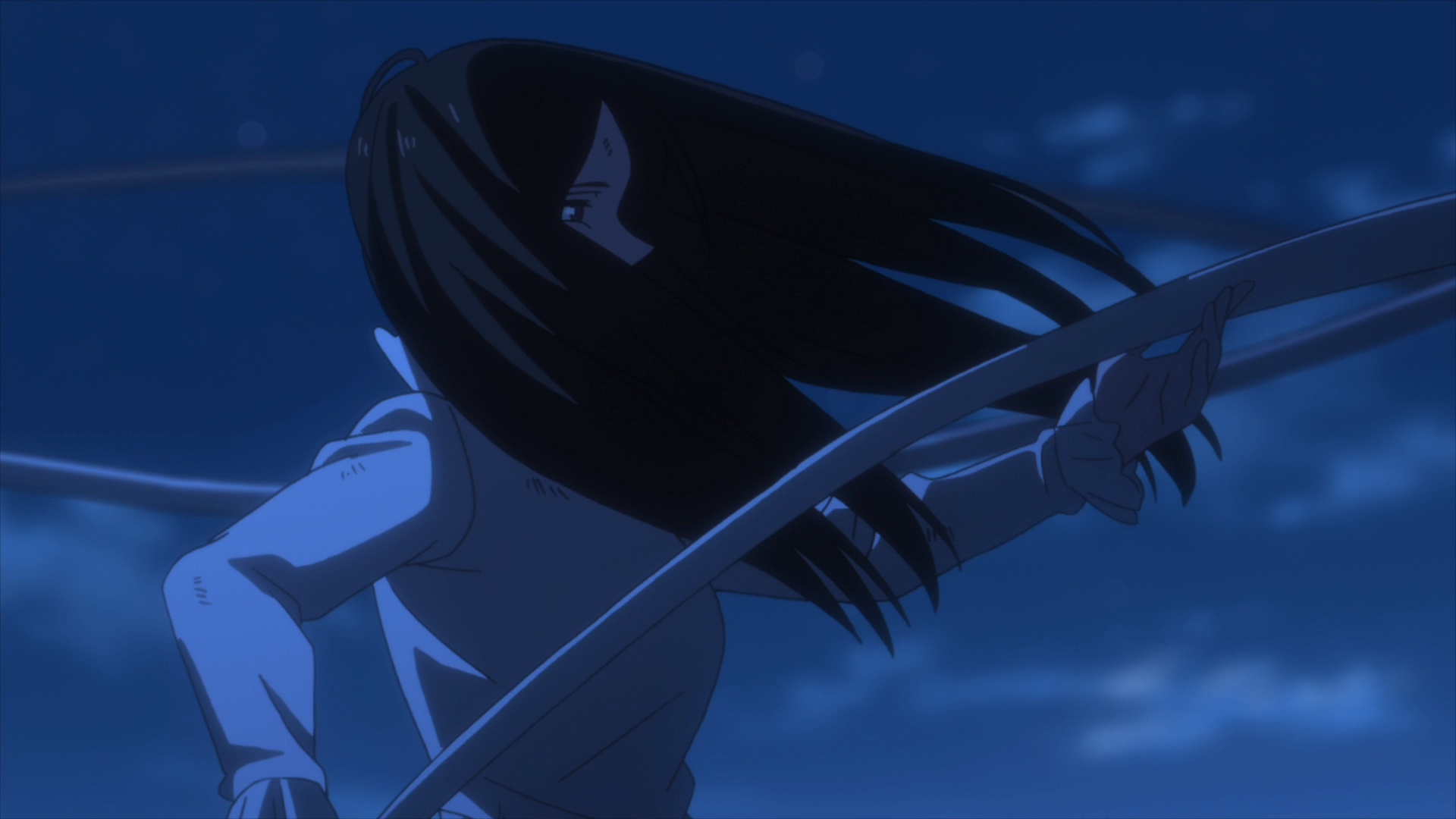Table of Contents Show
Music can change a lot about a story. The Promised Neverland, a dark fantasy anime series streaming on Netflix, makes especially effective use of its most prominent piece of music: “Isabella’s Lullaby.”
The Promised Neverland is a suspenseful thriller that follows Emma and her best friends, Norman and Ray, the three smartest orphans in Grace Field House. They have a loving family in the other young orphans and their caretaker, Mama Isabella. But nothing is as it seems: during an innocent attempt to return a stuffed toy to one of the kids being “adopted,” Emma and Norman discover that Grace Field House isn’t an orphanage – it’s a farm. And Mama Isabella, who acted so loving toward the children, is feeding them to demons one by one. What follows is a cat-and-mouse game with incredibly high stakes, and it’s up to Emma and her friends to outsmart Isabella and escape Grace Field House.
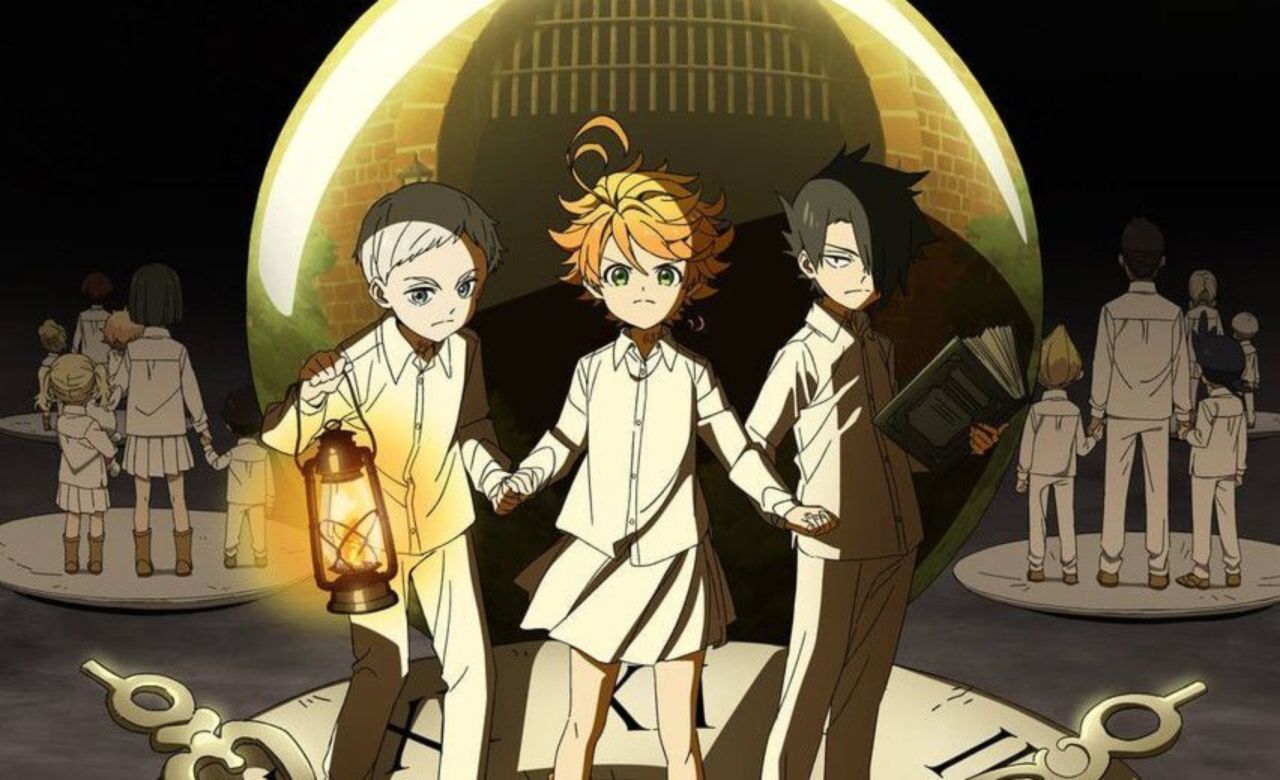
The anime premiered in January of 2019 and was met with a whirlwind of popularity and excitement. Emma, Norman, and Ray are lovable, and though we root for the main trio to escape and survive, Isabella is one of the most intriguing characters despite being the antagonist. It is fitting that Isabella’s main theme, “Isabella’s Lullaby,” highlights the villain’s hidden qualities and presents them in a new way, especially in relation to key themes of the show and the other important characters. And, of course, the show does not leave us without a hard-hitting, but ultimately hopeful, message.
The Many Purposes Of Isabella’s Lullaby In The Promised Neverland
The Promised Neverland is well-known for its terrifying premise and effective balance between silence and music. Many completely silent moments make a suspenseful scene all the more terrifying. But the truly amazing quality of the anime is the haunting music, the most prominent of which is the recurring theme, “Isabella’s Lullaby.” This theme is the thread that links the story together and is easily recognizable by its simple melody and various instrumentation, allowing it to change the story in various ways depending on its many appearances.
Cruelty
The first appearance of “Isabella’s Lullaby” comes when Isabella walks Connie off the Grace Field House grounds, supposedly taking her to an adopted family. The dark outside setting lit only by Isabella’s lantern foreshadows Connie’s death, and the scene is quiet but for Isabella’s humming. Curious, Connie asks what song she’s singing. And Isabella, uncharacteristically, does not answer: she only keeps humming and smiling, with a knowing look in her eye.
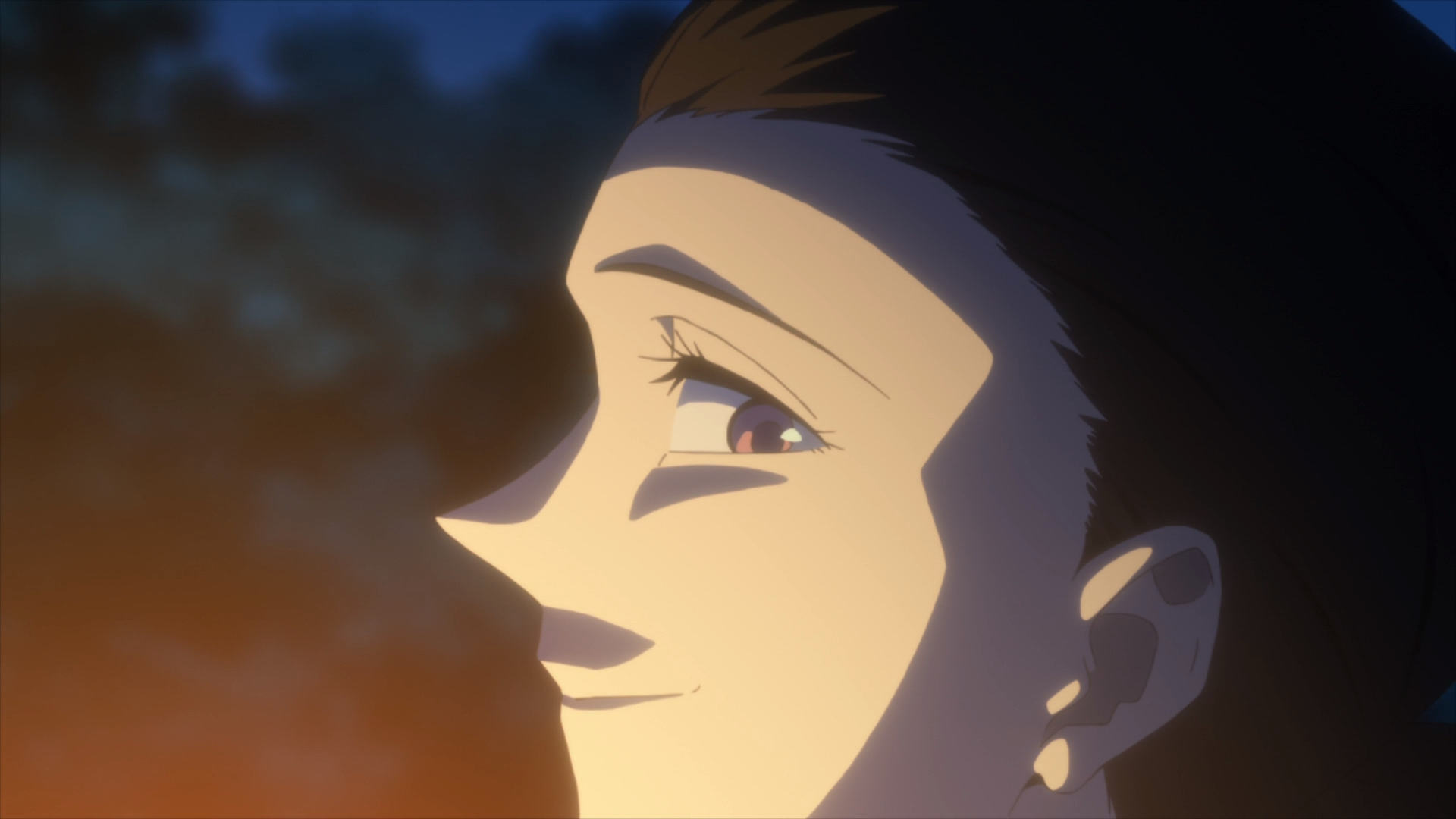
This first scene showcasing “Isabella’s Lullaby” is an example of diegetic music — that is, music coming from within the story world. Isabella herself is singing in this scene, drawing a strong parallel between the lullaby and her character: a sweet exterior with sinister undertones. This unnerving use of “Isabella’s Lullaby” to signal danger sets a certain expectation for the characters linked to its appearance. For instance, when the scheming Sister Krone finds evidence that could potentially remove Isabella from her position as Mama, Isabella herself appears at Sister Krone’s door with a summons to a different house and an ominous good-bye.
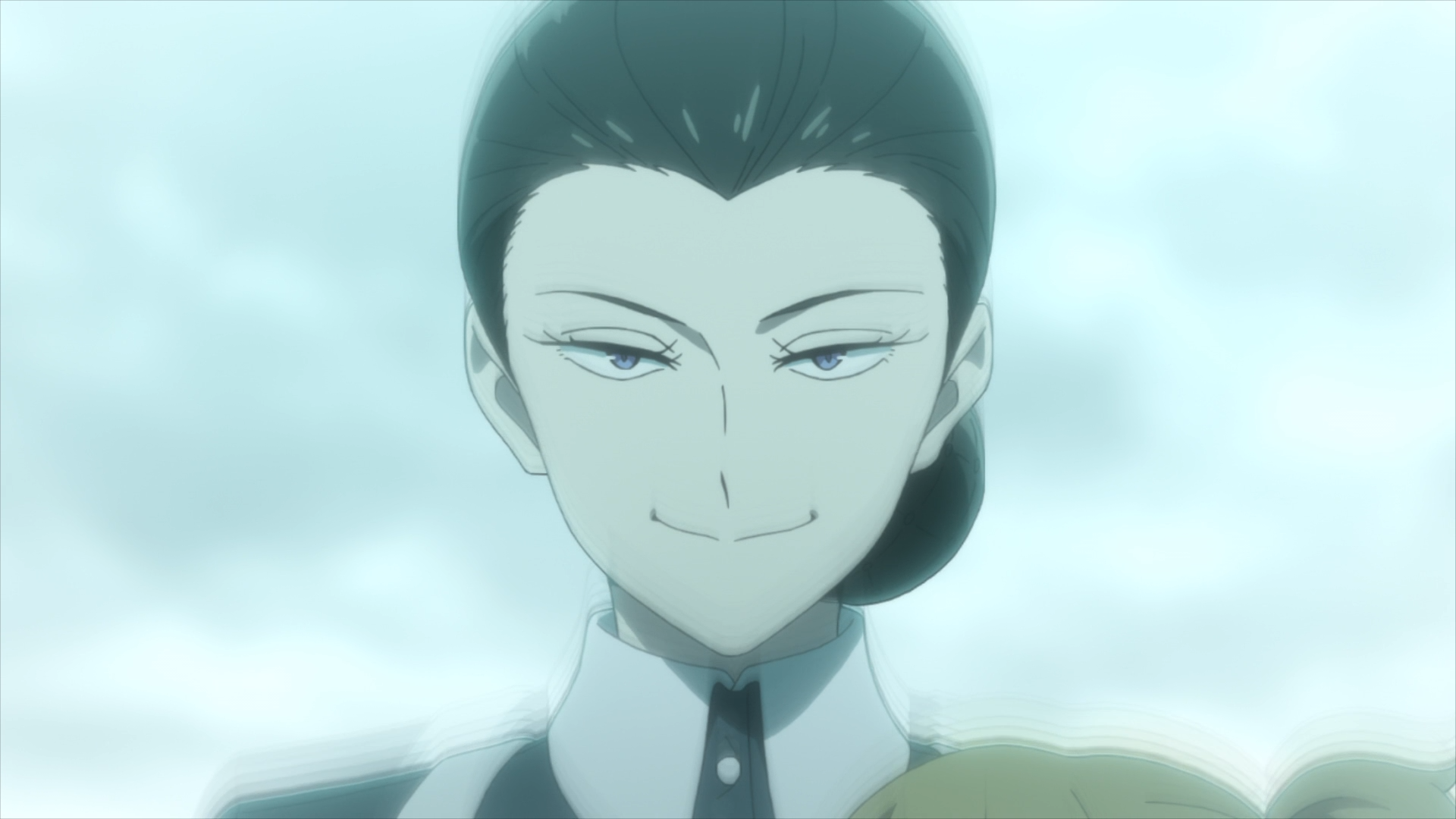
The lullaby, this time higher in range and serving as an example of non-diegetic music (music that exists outside of the story world), accompanies Isabella’s sudden, calm appearance, the notes of the song humming faintly as a symbol of doom. True to form, Sister Krone, dies the very next episode, having underestimated Isabella’s sharp mind. Her demise serves as a warning and threat for Emma, Norman, and Ray and a reminder that “Isabella’s Lullaby” is quiet but cruel—both qualities shared by its namesake. The song presents Isabella as calm, cunning, and truly evil.
Comfort
After Emma and Norman discover that Grace Field House is a farm, they sit in the shared bedroom, whispering so as not to wake the other sleeping children. Emma is unable to cope with the fact that Mama would give away her siblings (and eventually her) to the demons. The gentle hum of “Isabella’s Lullaby” faintly plays in the background, this time with a slight echo to it that denotes a choral style. Norman comforts Emma, giving her hope by reminding her that they can outsmart Isabella and escape with all of their siblings. As the first few slow notes build, the hopeful chorus kicks in, and Emma realizes that outsmarting Isabella could be as simple as a game of tag.
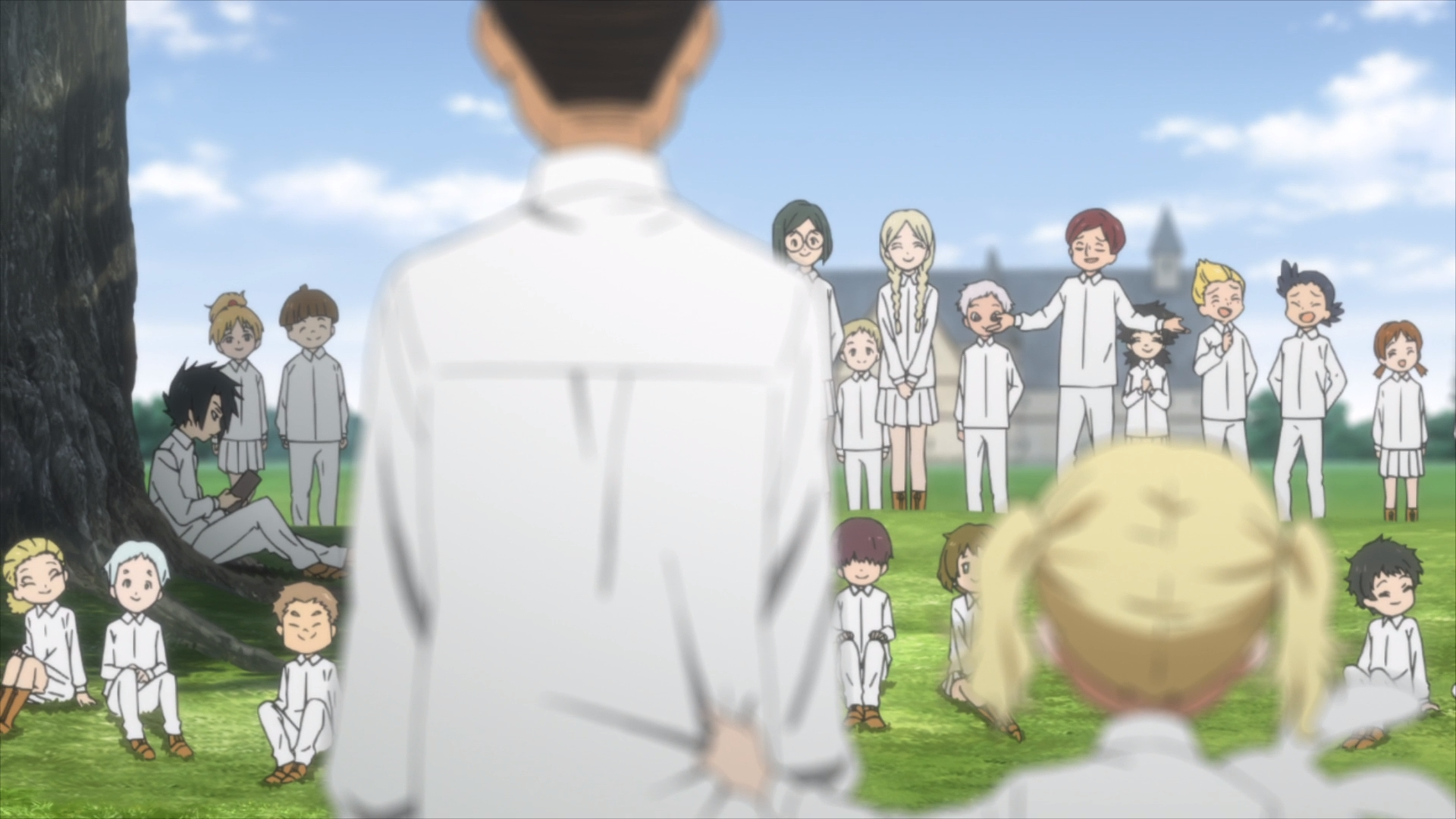
The children’s mission is full of danger, though. They soon realize that one of the children is a spy for Isabella. The race to find Isabella’s spy puts a lot of stress on Emma in particular, but as Norman sets a trap for the traitor, he asks Emma her opinion. Emma says that she would bring the spy with them when they escape because she “want[s] to believe after all…no one within our siblings is a bad person.” (( “291045” The Promised Neverland. CloverWorks. January 2019. ))
Emma’s kind and fierce belief in her family inspire Norman and allow him to continue with his wits about him in the face of betrayal. Emma’s explanation is paired with a soft piano rendition of “Isabella’s Lullaby,” linking the tune to family and comfort. The melody continues into the next scene, coming to an end just as Norman accuses Ray of being the spy. However, thanks to Emma’s love for every member of her family, even the traitor, Norman, and Ray are able to come to a compromise, eventually leading to a deeper understanding of Ray and his love for his friends.
Love
While it may seem counterintuitive to use “Isabella’s Lullaby” as a means of comfort for the characters, diegetically and non-diegetically, the song is revealed to be a combination of both cruelty and comfort. In the season finale, an unexpected flashback takes us back to when Isabella and her friend, Leslie, were around the same age as the main trio. Isabella interrupts Leslie playing an original tune that he wrote on his mandolin. At the age of about ten years old, Isabella is innocent and full of excitement and wonder, much like Emma is now. And much like Emma and Norman’s relationship, Isabella and Leslie are shown to be the best of friends – perhaps something more.
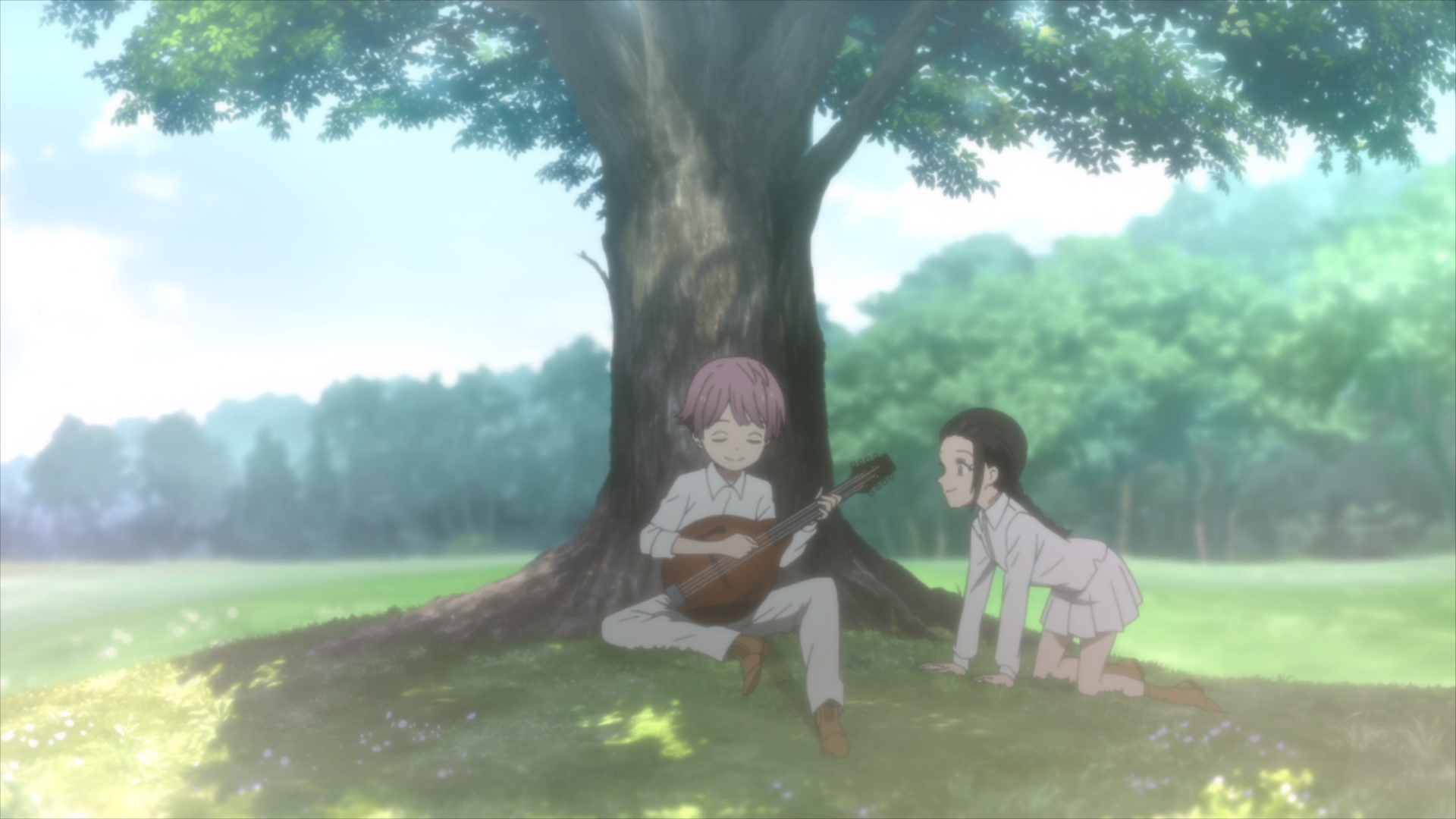
The bittersweet aspect of the lullaby comes to the forefront when Isabella, now a woman, makes her move against the main trio. Norman is scheduled to be the next shipment, and despite Emma and Ray’s best efforts, he decides to sacrifice himself so that everyone else can escape. The closest instrumentation to the original mandolin version of “Isabella’s Lullaby” comes when Norman is about to confess to Emma that he loves her, directly after she attempts to rescue him from his fate. The quiet strings and soft voice draw a direct parallel between Isabella and Leslie, and Emma and Norman.
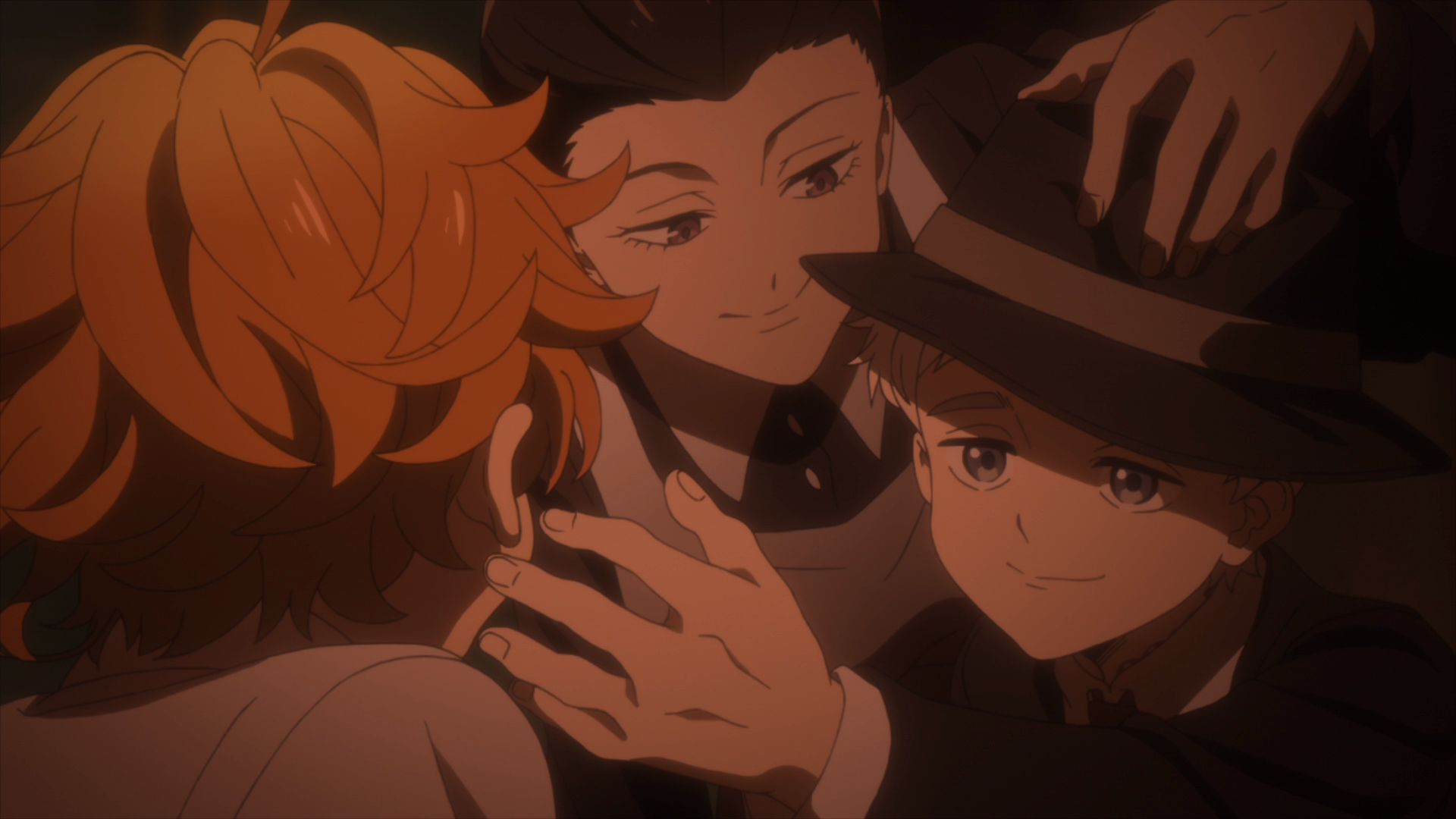
The chorus, which had previously been used in either dangerous situations or hopeful circumstances, kicks in as Emma is forced to accept Norman’s impending death and the responsibility of saving the rest of her family without him. As Norman reminds her to never give up, the vocals and mandolin play the chorus together, highlighting Norman’s love and Emma’s grief. This rendition of “Isabella’s Lullaby” is a powerful mixture of the previous cruelty and comfort of the song, invoking an even stronger emotion with both negative and positive qualities.
Revelation
While “Isabella’s Lullaby” is used to convey a variety of complex emotions, and sometimes mixtures of several emotions, the song also draws parallels between Isabella and the children of Grace Field House, revealing the truths of their relationship in ways that words cannot.
Escape
Many moments throughout the series compare Isabella and Emma, showcasing their similarities in personality (at least, when Isabella was younger) and life experiences. After Norman’s shipment, Isabella visits Emma, who is heartbroken, and tries to offer her own type of comfort. Isabella advises Emma to give up on escaping because it hurts less. In this scene, Isabella shows genuine concern for Emma, indicating that Emma reminds her of her younger self. In the end, however, Emma is far more stubborn than Isabella was, and she is unwilling to give up on escape so easily.
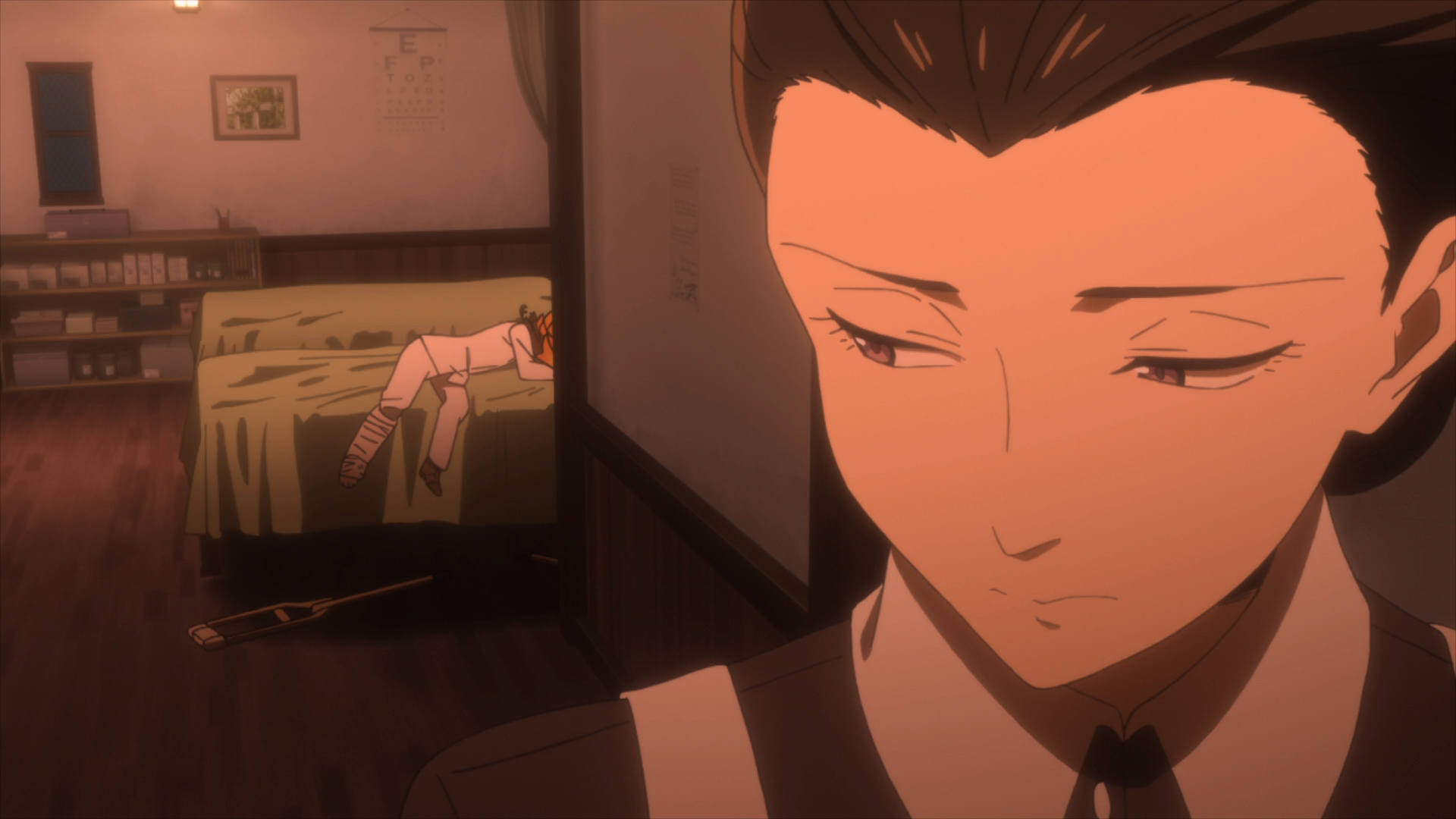
As the series reaches its final few episodes, all hope is lost. On the eve of Ray’s shipment, Emma finds him humming to himself in the dark. The song is “Isabella’s Lullaby,” an unaccompanied version similar to Isabella’s hums, and as it echoes throughout the room, the lullaby’s haunting quality hangs in the air. Ray decides to sacrifice himself for Emma and the rest of the children, pairing his sad song with his equally sad intentions. As the scene cuts away, Isabella cares for the rows of sleeping babies, cheerily humming the exact same tune to herself. This quiet moment is the precursor to Emma’s plan, which is explosive in nature and leaves no sibling behind—at least, not forever.
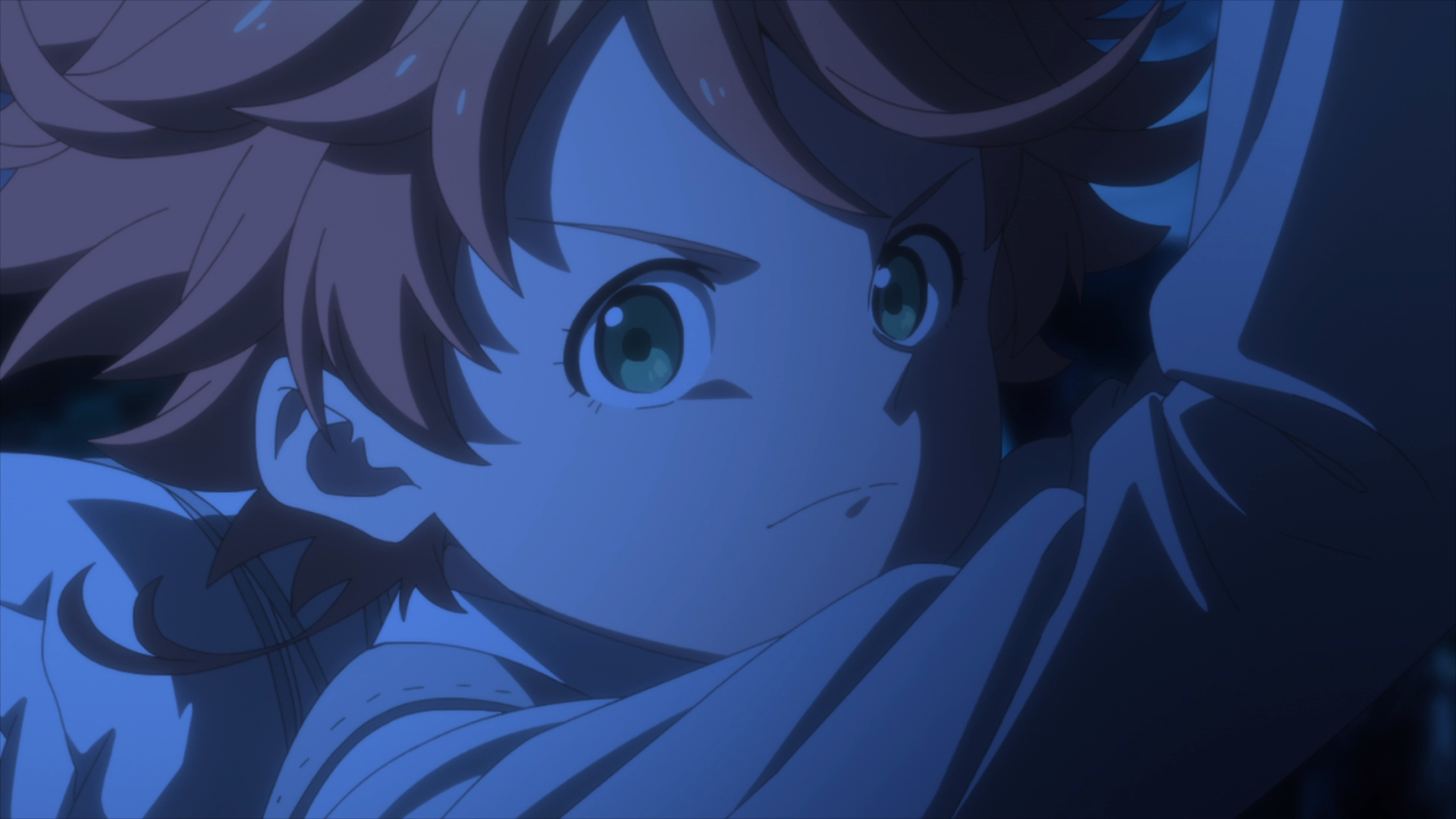
Emma, Ray, and the children make a break for freedom, effectively outsmarting Isabella just long enough to get a head start. Isabella, having underestimated the depth of Emma’s determination, gets to her just a second too late. Though Isabella and Emma are shown to be similar (Emma’s main theme, “Emma’s Sorrow,” closely mirrors “Isabella’s Lullaby” and even shares some rhythms), Emma accomplishes the one thing Isabella never could: escape.
Memories
For all the season finale’s focus on Emma and the children of Grace Field House, Isabella becomes the central focus for the entirety of her nearly-wordless flashback sequence. The unaccompanied mandolin is gradually joined by other instruments, lifting the music as Isabella discovers the truth about the orphanage, cries over Leslie’s shipment, and fails to escape. The music, diegetic when it first started, switches to non-diegetic, signaling the transformative nature of the music.
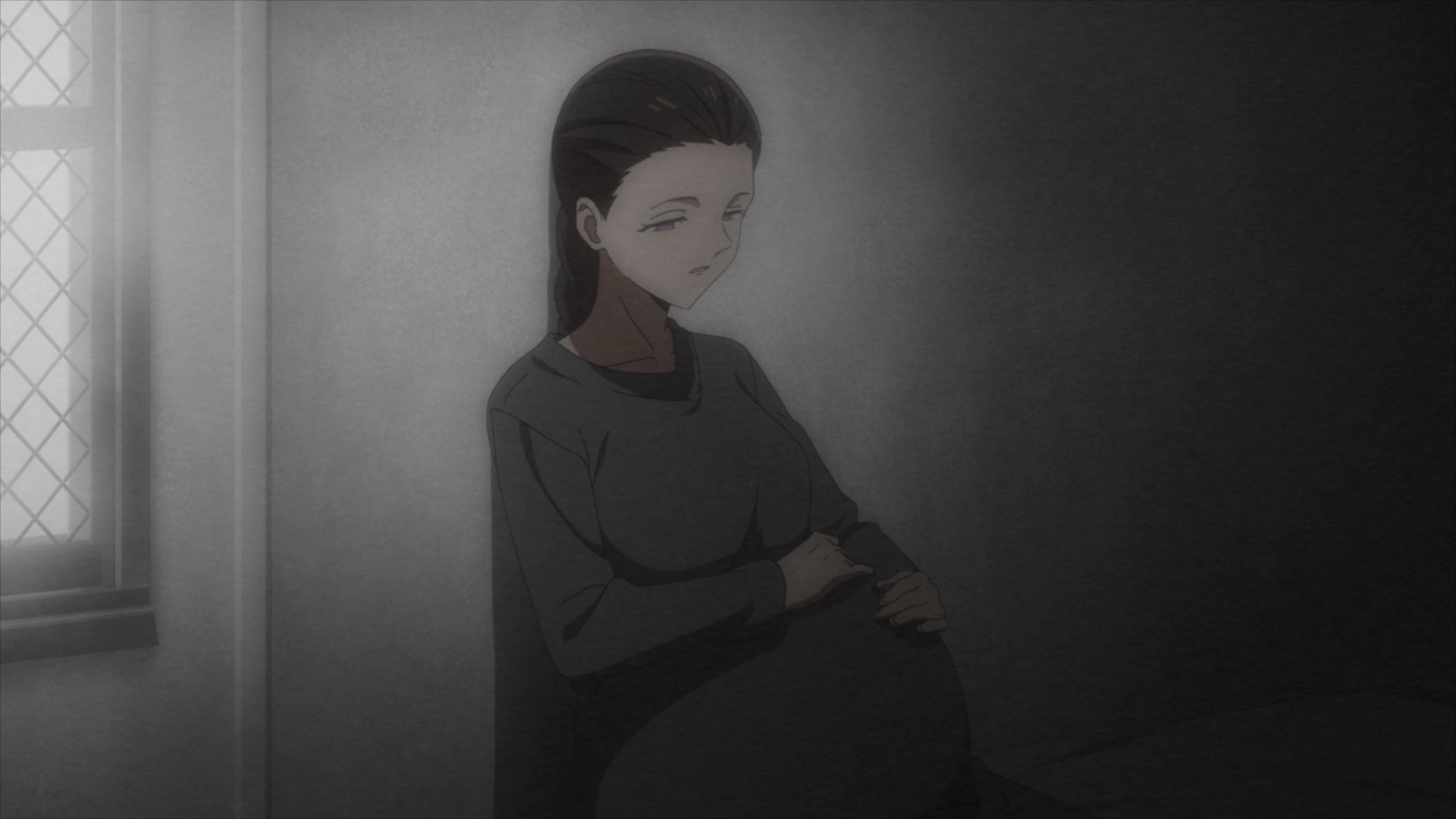
Her entire journey from orphan to Mama plays out, showing every hard decision and painful step. All but hopeless, Isabella hums the lullaby to herself as she waits to give birth, her eyes blank. While Leslie’s fate was cruel, Isabella uses his memory to comfort herself as she claws for survival in a world ruled by demons.
Eventually, the scene leads right back to Gracefield House, where Isabella finds a new purpose in raising the children there. As she walks the grounds, however, she hears a very young Ray humming her tune. Due to Ray’s infallible memory, he is able to remember the lullaby that Isabella sang to him while he was still in the womb. Isabella’s realization sinks in as she subconsciously lays a hand on her stomach: Ray is her son.
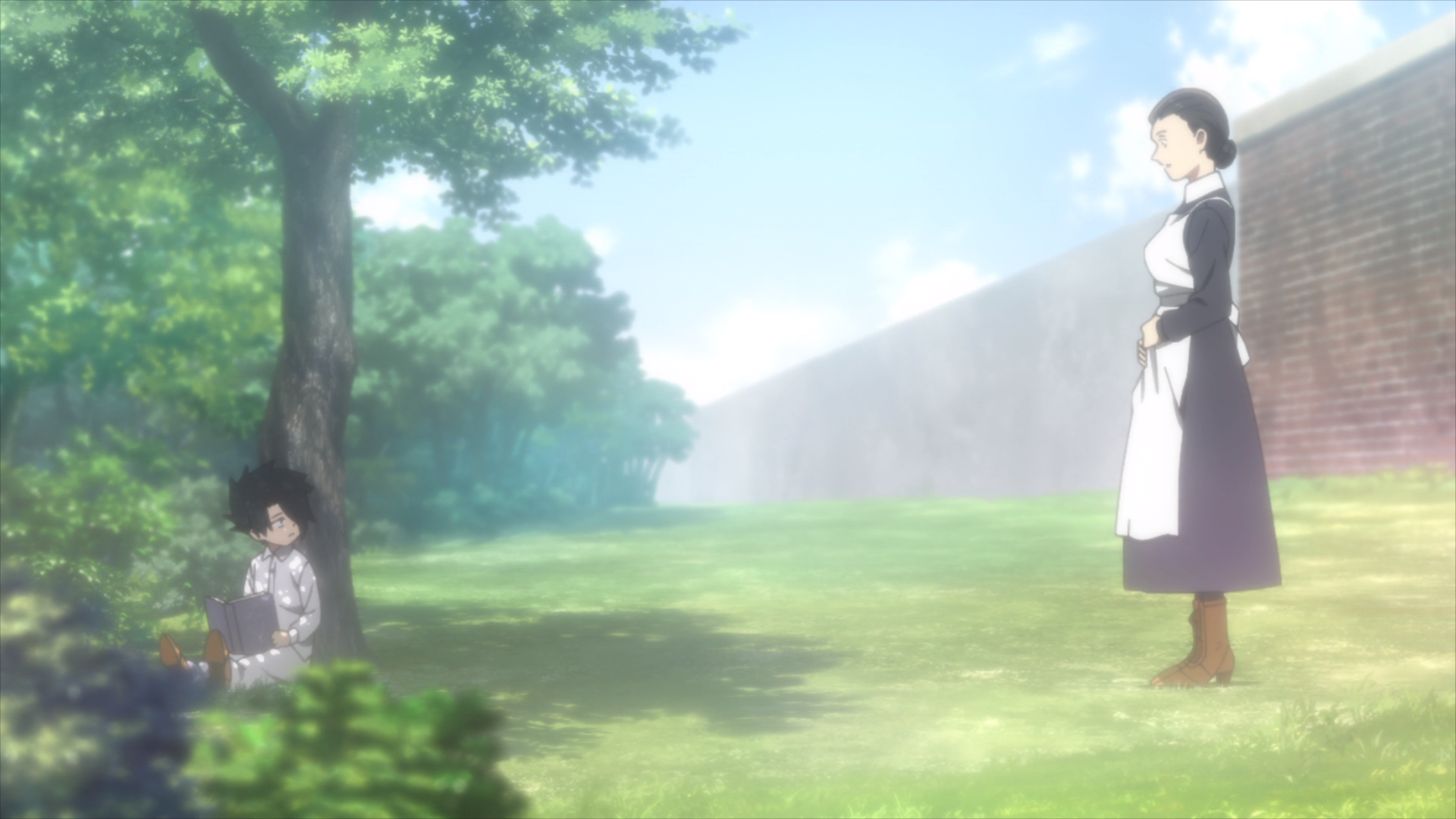
When Ray genuinely asks why Isabella gave birth to him, leaving unspoken the question as to why she became a Mama, Isabella responds with, “It was for survival. Longer than anyone.” (( “150146.” The Promised Neverland. CloverWorks, 2019. )) This moment is comparable to stories like The Handmaid’s Tale, which showcases the victims of a cruel society being forced to perpetuate it. In order to survive, Isabella chose to become part of the very system that made her suffer. The scene, while unable to redeem Isabella or forgive the terrible things she’s done, shows the sympathetic side of her, a side that is, in its own twisted way, motherly.
“I Pray That You Will Find Light.”
Isabella’s “motherly” qualities show for the first time when the children escape and she has lost. Despite the fact that her years of surviving longer than anyone might be coming to an end, Isabella gives her first genuine smile and wishes the children well.
Go on. Please be careful. And I pray that you will find light.
– Mama Isabella (( “150146.” The Promised Neverland. CloverWorks, 2019. ))
The lullaby plays one last time, triumphantly, as Emma, Ray, and the children run to freedom. Instead of cutting off like the many other renditions, this time, “Isabella’s Lullaby” finishes with a long, held note. Isabella’s story is coming to an end, and the Grace Field children are starting a new chapter in their lives.
The context of the lullaby changes tone depending on character, mood, and circumstance. “Isabella’s Lullaby” weaves throughout the story of The Promised Neverland, representing the quietly frightening, gently uplifting, and mercifully connected moments of life and death. The highs and lows of life, love, and self-sacrifice are difficult to sum up in words, but “Isabella’s Lullaby” does so in just a few notes. As a result, the story presents the emotional complexity of life, the costs of survival, and the triumph of love. Through the startlingly sincere music in The Promised Neverland, we might just be able to find light in a world overcome by darkness.
